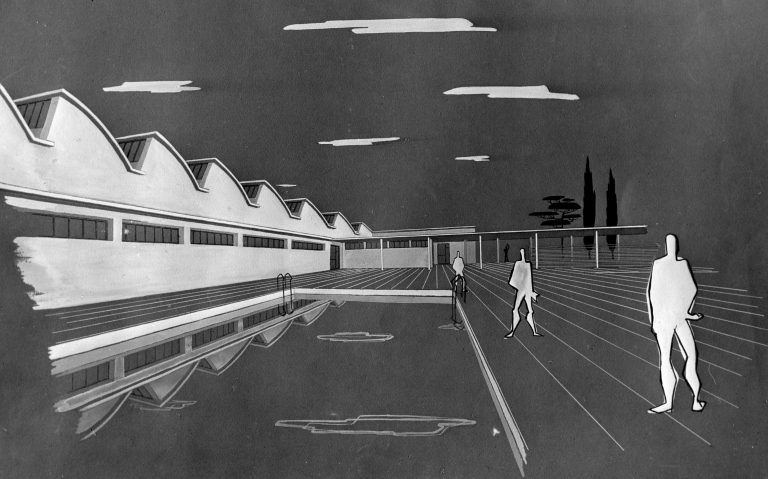In Pictures
-

© Francesc Català-Roca
Request the image
Fons MBM / Arxiu Històric del COAC
-

© José Hevia Blach
Request the image
© Arxiu Històric del COAC
-

© José Hevia Blach
Request the image
© Arxiu Històric del COAC
-

© José Hevia Blach
Request the image
© Arxiu Històric del COAC
-

© Francesc Català-Roca
Fons Fotogràfic F. Català-Roca / Arxiu Nacional de Catalunya
-

© Francesc Català-Roca
Fons Fotogràfic F. Català-Roca / Arxiu Nacional de Catalunya
-

MBM Arquitectes
Request the image
© Fons MBM / Arxiu Històric del COAC
-

MBM Arquitectes
Request the image
© Fons MBM / Arxiu Històric del COAC
-

MBM Arquitectes
Request the image
© Fons MBM / Arxiu Històric del COAC
-

MBM Arquitectes
Request the image
© Fons MBM / Arxiu Històric del COAC
-

MBM Arquitectes
Request the image
© Fons MBM / Arxiu Històric del COAC
-

MBM Arquitectes
Request the image
© Fons MBM / Arxiu Històric del COAC
-

MBM Arquitectes
Request the image
© Fons MBM / Arxiu Històric del COAC
-

MBM Arquitectes
Request the image
© Fons MBM / Arxiu Històric del COAC
-

MBM Arquitectes
Request the image
© Fons MBM / Arxiu Històric del COAC
-

MBM Arquitectes
Request the image
© Fons MBM / Arxiu Històric del COAC
-

MBM Arquitectes
Request the image
© Fons MBM / Arxiu Històric del COAC
-

MBM Arquitectes
Request the image
© Fons MBM / Arxiu Històric del COAC
-

MBM Arquitectes
Request the image
© Fons MBM / Arxiu Històric del COAC
-

autoria desconeguda
Request the image
© Fons Col·leccions / Arxiu Històric del COAC
-

autoria desconeguda
Request the image
© Fons Col·leccions / Arxiu Històric del COAC
-

autoria desconeguda
Request the image
© Fons Col·leccions / Arxiu Històric del COAC
-

autoria desconeguda
Request the image
© Fons Col·leccions / Arxiu Històric del COAC
-

autoria desconeguda
Request the image
© Fons Col·leccions / Arxiu Històric del COAC













